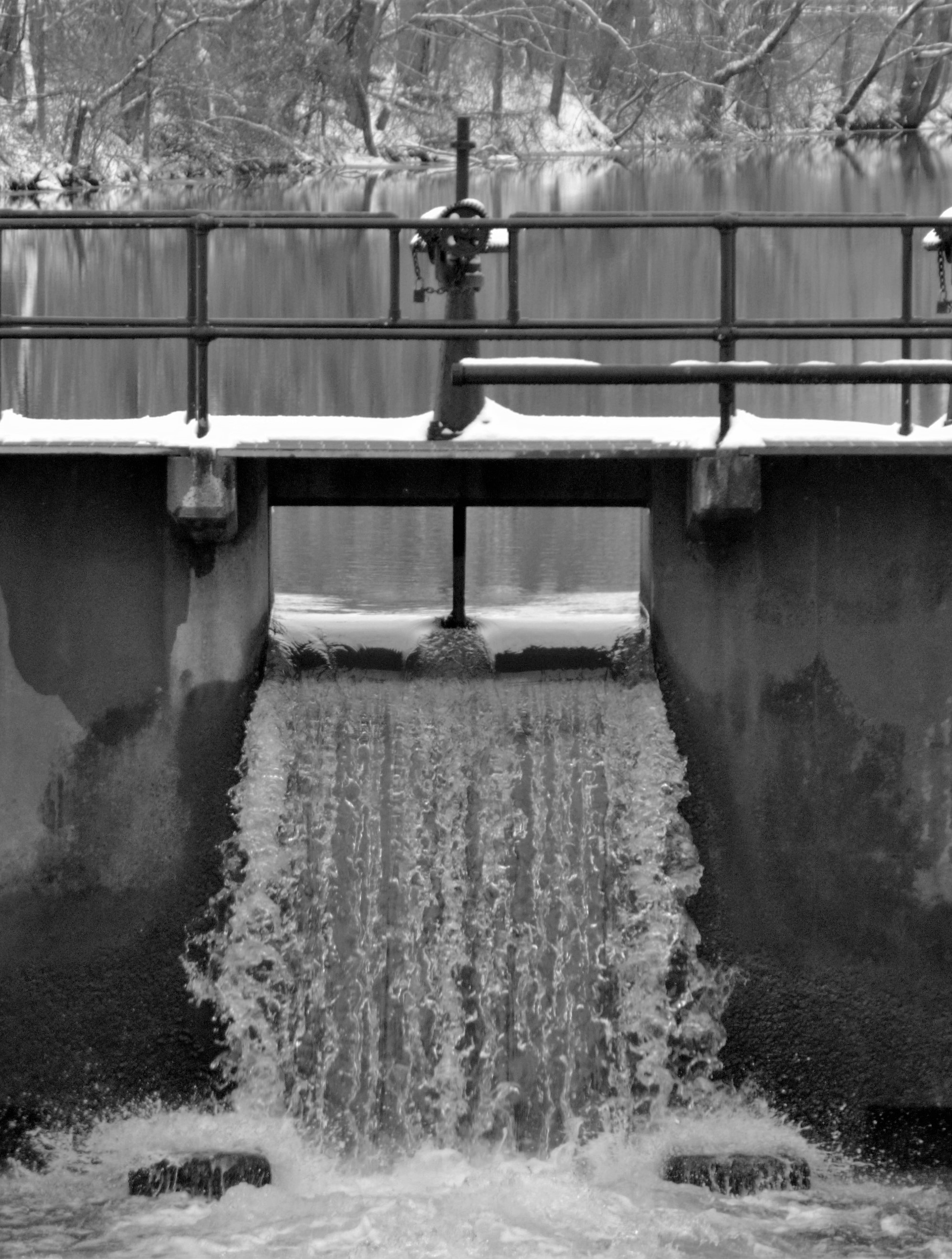
In the December 5, 2022 NJ Register, NJDEP has proposed Inland Flood Protection (IFP) Rules for non-tidal flood hazard areas and stormwater management. The proposal amends parts of NJAC 7:8 Stormwater Management and NJAC 7:13 Flood Hazard Area Control Act Rules, and adds a new appendix (Approximating the Flood Hazard Area Design Flood Elevation) to the latter. Adoption of the IFP Rules is expected in February 2023 or later.
The regulations, which arose from the Murphy Administration’s climate change agenda, are intended to ensure that future water infrastructure investments are managed effectively, and ensure new construction and property improvements of all types are built to resist/survive/manage current and future levels of rainfall, runoff and flooding over the lifetime of the asset. Current construction, stormwater and flood mitigation requirements (NJAC 7:8 & 7:13) are based on climate data from 1970s and 1980s; the new rules are intended to prepare NJ for modeled conditions from 2050 to 2099, indicating new requirements will be a substantial change, and include the following highlights from the NJDEP IFP Rule web page:
• New Design Flood Elevation (DFE) raises fluvial (non-tidal) flood elevation mapped by DEP by two feet
• Requires use of future projected precipitation when calculating flood elevations
• Ensures that DEP’s Flood Hazard Area permits conform to NJ Uniform Construction Code standards and meet or exceed minimum FEMA National Flood Insurance Program requirements
• Requires stormwater Best Management Practices (BMPs) to be designed to manage runoff for both today’s storms and future storms
• Removes use of Rational and Modified Rational methods for stormwater calculations
The storm water regulations are applicable to new “major developments” and reconstruction with some grandfather provisions (existing development does not need to upgrade) and some relief for public transportation projects. No changes to the applicability of flood hazard rules are proposed. The IFP Rules will be followed by a series of climate regulations in the pipeline, including coastal (tidal) flood hazard regulations, which are expected to substantial, expected in 2023. The effects of climate change regulations on project cost, lending, insurance and other aspects of development projects remain to be seen.
